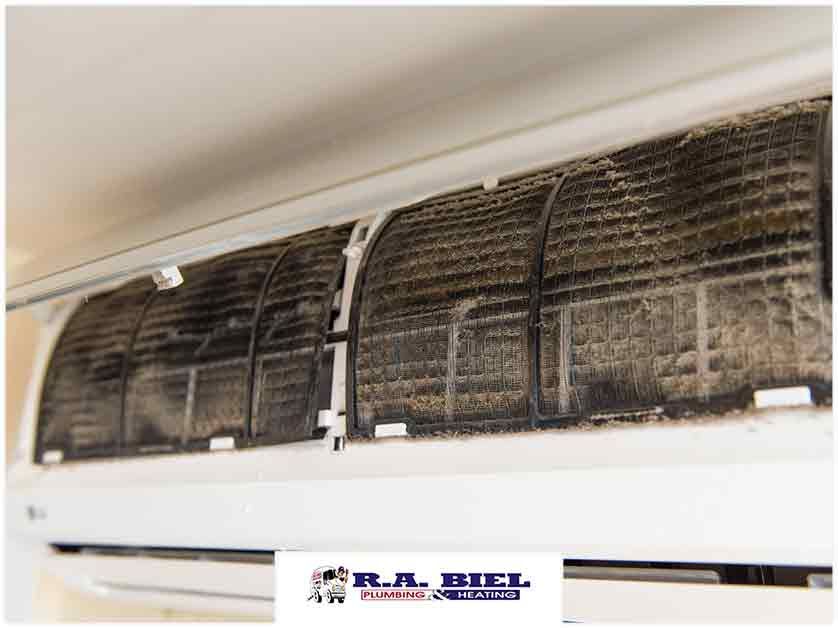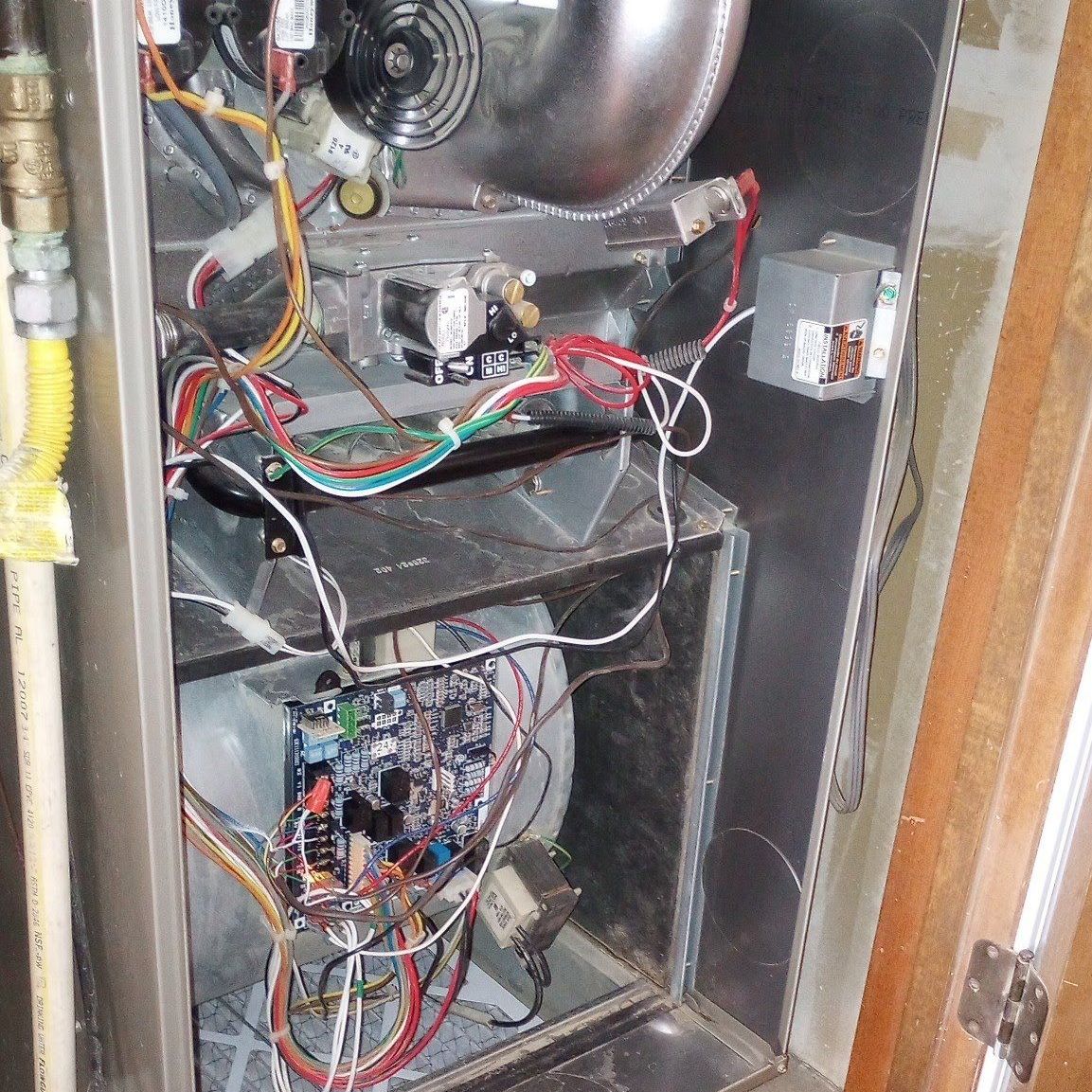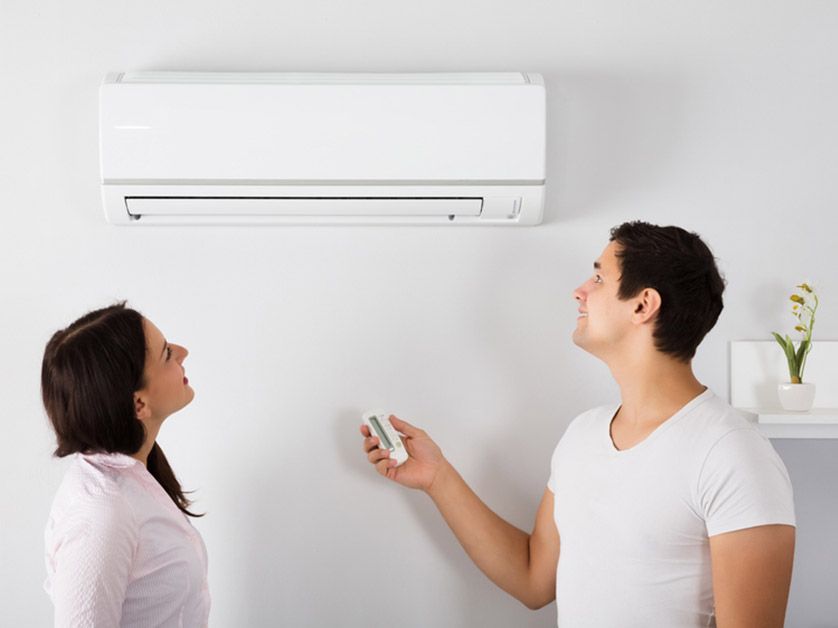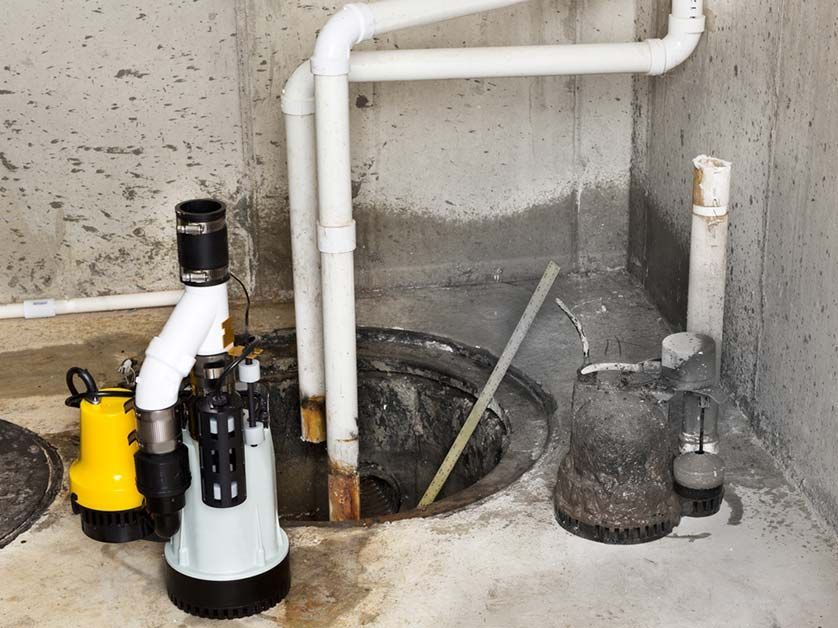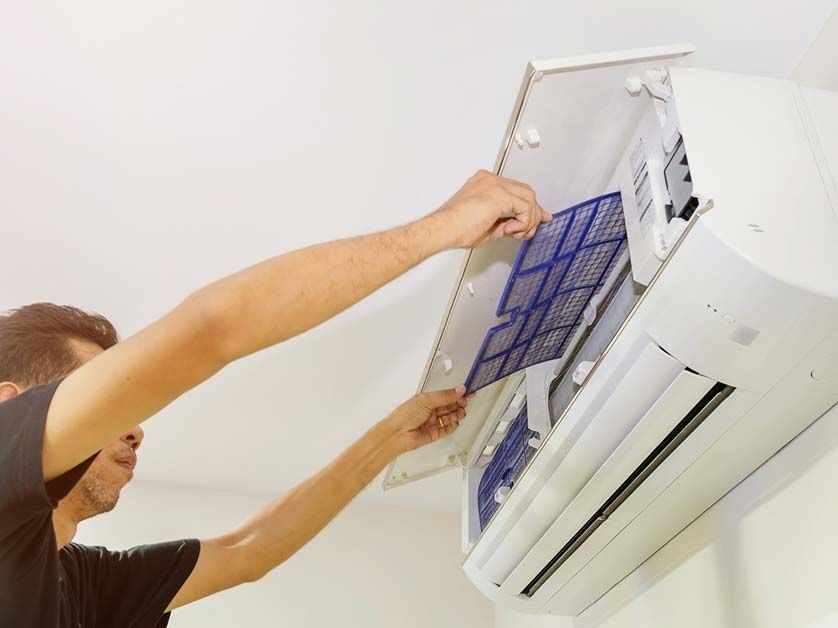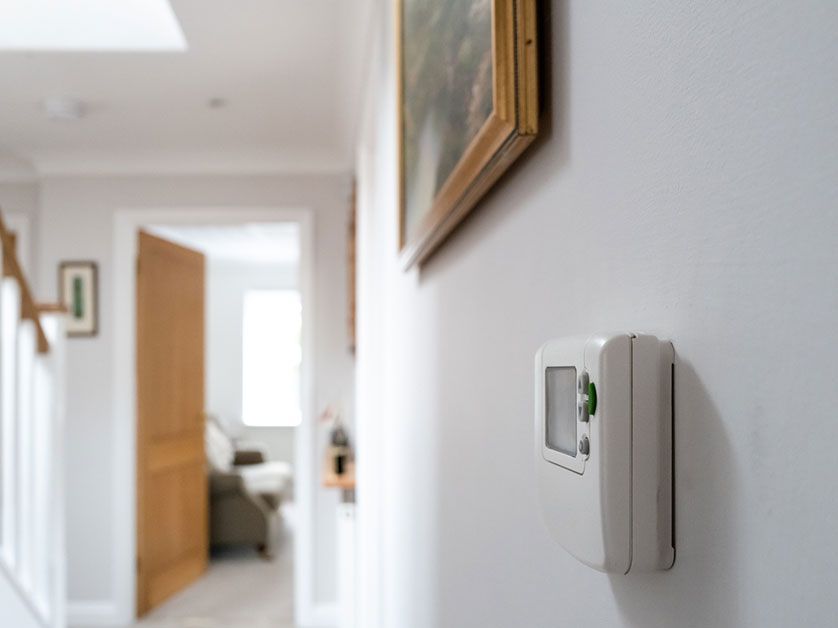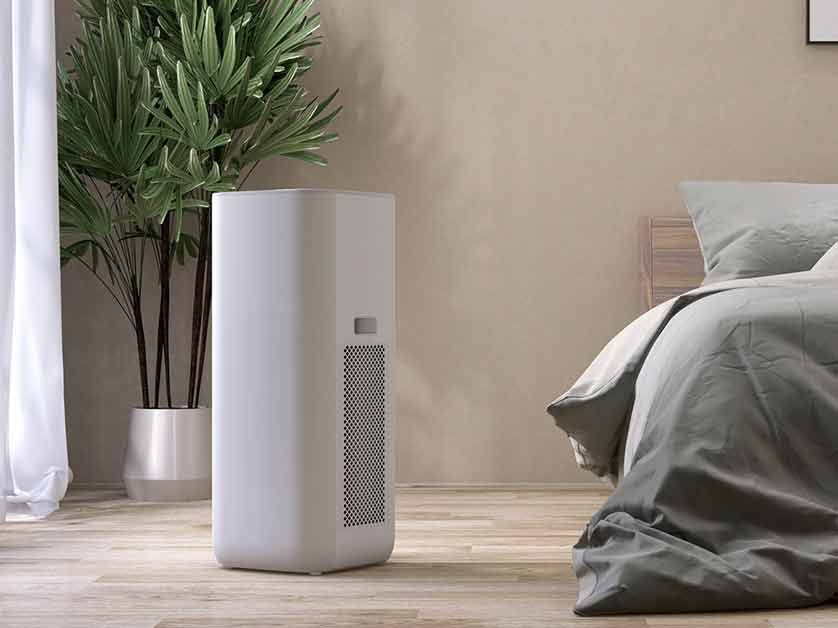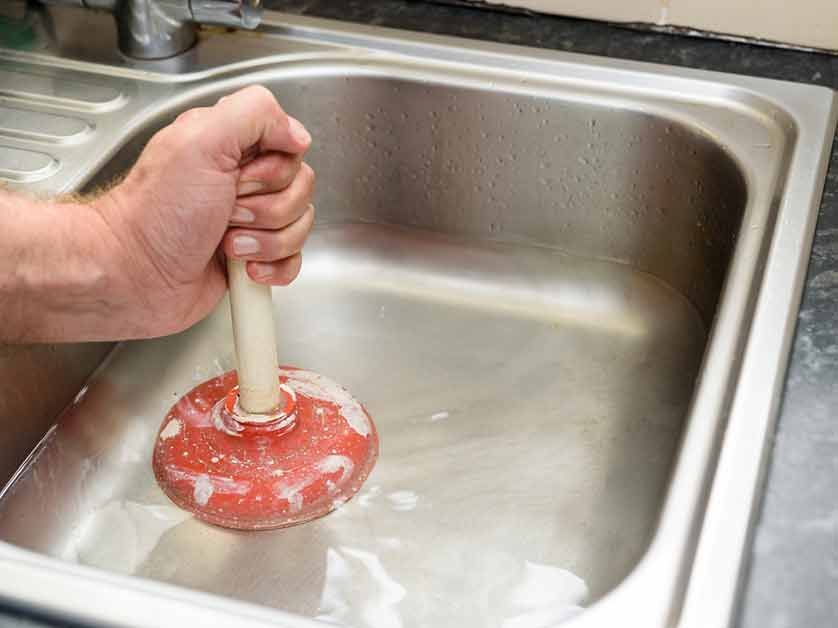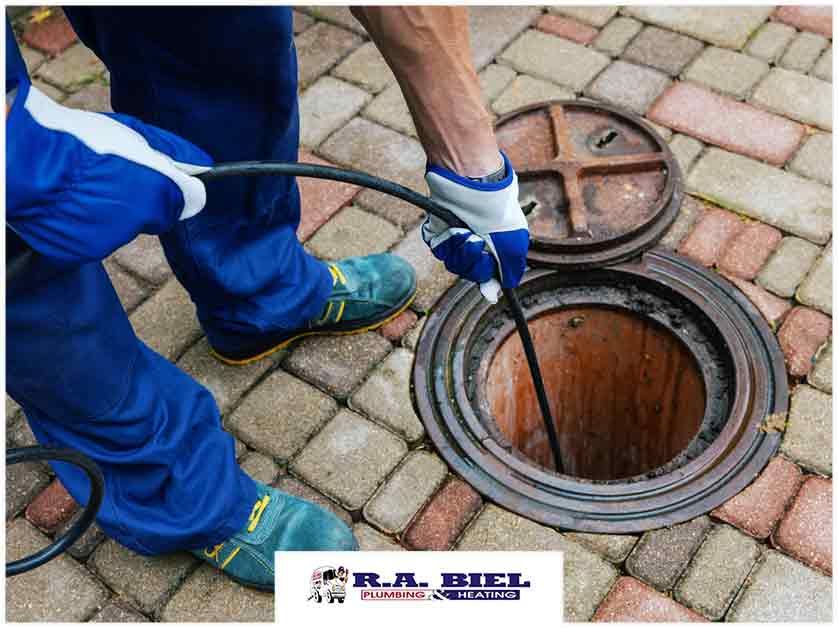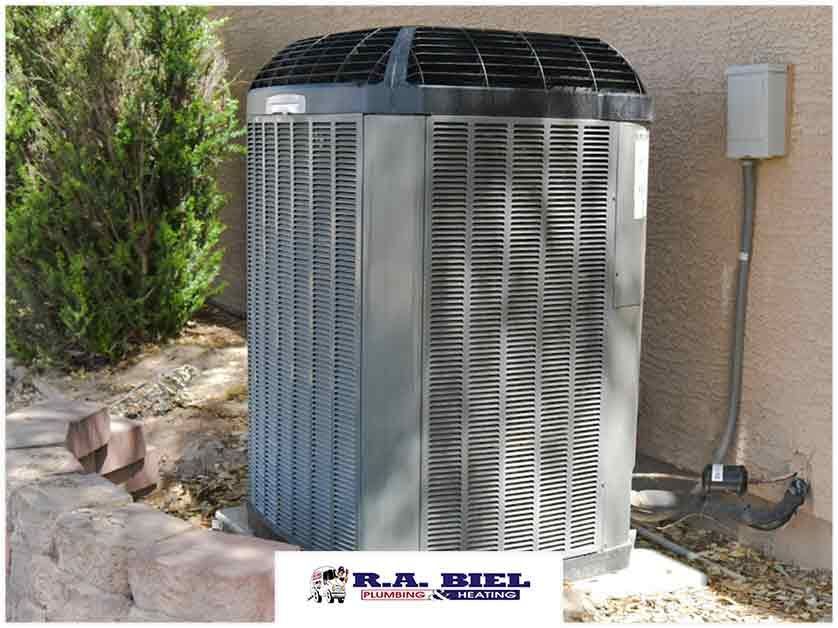How Often Should Your Furnace Kick In During Winter?
Your heater is crucial in keeping your home warm during the coldest time of the year. It has an on-and-off cycle to save energy while supplying sufficient heating to your entire property. The cycle, or the frequency the furnace kicks in, tells you your heating system’s overall state.
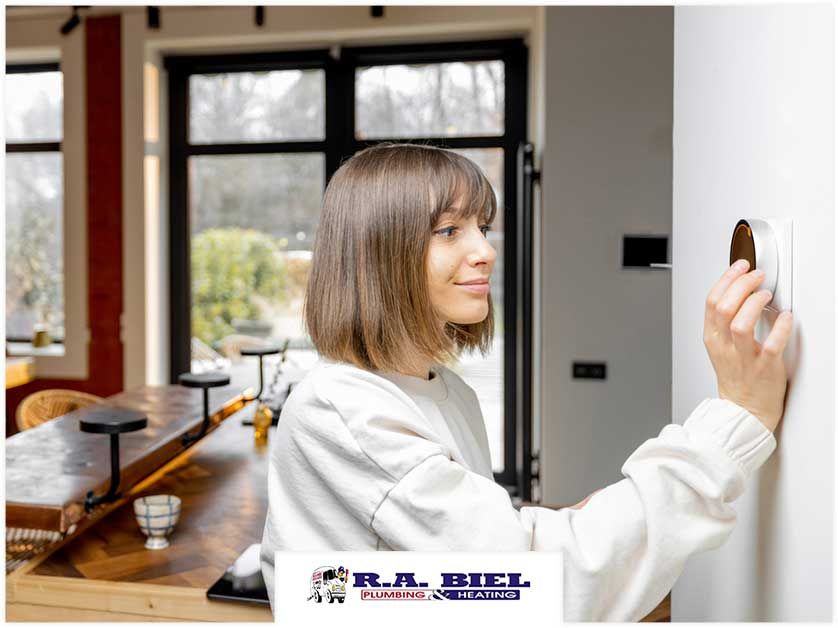
Knowing how often it runs can help you notice problems and decide when to call a technician to have a look at your equipment.
In this post, R.A. Biel Plumbing and Heating — a reliable air duct cleaning and HVAC maintenance company — explains the normal heating cycle of furnaces and the telltale signs you need to call a technician right away.
The Typical Heating Cycle of Furnaces
Your furnace’s heat cycle depends on the outdoor temperature and your thermostat settings. Good insulation will reduce heat loss and repel temperature outdoors, so your furnace won’t kick in too frequently. That said, if you set your thermostat temperatures too high, the furnace will run more often to meet the temperature you’ve set.
You can use the average run time for residential furnaces as a reference if you suspect your unit is not working efficiently. Typically, furnaces should run two to three cycles per hour before winter and three to 10 cycles per hour when the season arrives. If you observe your furnace closely, it should activate for 10-15 minutes per cycle.
Some systems can activate longer at specific periods, but this doesn’t mean they need immediate attention from a technician. If you notice longer or abnormally shorter activation cycles despite lowering your thermostat settings, call an air duct cleaning technician. They can evaluate what’s going on with your system and give you a recommendation afterward.
What Happens if Your Heater Frequently Kicks In?
A consistent change in the frequency of your system’s heating cycle will increase your energy bills. Older furnaces with faulty vents and damaged heat exchangers will kick in more frequently and consume more energy to keep your home comfortable. Furthermore, frequent cycling will rapidly wear the system, and shorten its lifespan.
Common Causes of Frequent Cycling
Here are the typical issues that may cause longer or more frequent heating cycles:
Excessive Heating Capacity
The right furnace size is the most energy-efficient choice for your home. Choosing a larger or smaller unit would increase your energy bills and insufficiently heat your home. A large furnace might sound practical, but it has an excessive heating capacity that causes frequent overheating. Your oversized furnace will keep cycling on and off to protect its components.
We recommend hiring a qualified professional to help you find the perfect heating and cooling system for your property. HVAC maintenance companies like R.A. Biel Plumbing and Heating can assist you in determining the correct size of heating system that will improve your indoor comfort during winter.
Dirty Filters
Excess dust and debris in your filters will clog your HVAC airflow and minimize the air the system draws in. All furnaces have a heat exchanger that needs consistent airflow to stabilize temperatures. When it overheats frequently, it also turns the heater’s cycle off and on at the same rate.
Faulty Ductwork
Duct airflow is essential in delivering heated air and reaching the thermostat’s set temperature in the fastest time possible. Ducts with design issues may have insufficient airflow that reduces the heat entering your home. That said, poor airflow can trap hot air and overheat heat exchangers, causing your system to turn on and off more often.
Inaccurate Thermostat
Thermostats become inaccurate over time. Their sensors may detect low temperatures too early or too late and turn your system on and off too frequently. Technicians can inspect and fix thermostat issues, such as dying batteries, the need for sensor testing and replacement, electrical issues, and more.
Heat Exchanger Malfunction
Heat exchangers transfer heat to incoming air and must be in good shape to work properly. Typically, old heat exchangers have cracks, warping and physical deformities that will slow down or significantly reduce their capacity to heat air intake. You can replace your heat exchanger to solve this problem, but we recommend hiring a technician to check the entire unit for other causes of poor heating.
Choosing the Best Heating System for Your Home
If it’s time to replace your old HVAC system, choose the best option available on the market. Here are a few factors you should consider:
Compatibility
You need a heater that will work efficiently for your home and fill the gap your old furnace will leave behind. Take note of the technical aspects that your old system has. For instance, if your old furnace had forced air distribution, find a replacement unit with the same feature. If you’re unsure about the features to look for, ask an HVAC repair company to help you.
Price
Winter heating involves a significant investment. Modern heating systems that save energy and prolong equipment lifespan are huge financial commitments that will efficiently heat your home. Nonetheless, you can hire a technician to inspect your old unit to determine its remaining lifespan so you can create a budget for the new system. You can also ask them to recommend compatible systems that fit your budget and needs.
Fuel
Furnaces require different kinds of fuel, so choose a unit that can use your old system’s fuel line. If you have a natural gas line, make sure your new unit can heat your home with it. A modern system that doesn’t use your existing gas lines will cost more to install because you’ll need to change the gas line and make other essential modifications to your property. If you intend to change your system entirely, consult professional HVAC repair companies to ensure the compatibility of the new equipment with your old HVAC design.
Energy Efficiency
Energy-efficient furnaces are more expensive than regular ones, but they will last longer, have a lower environmental impact, and reduce energy bills. An efficient system will consume less fuel to achieve your desired heating. That said, check the Annual Fuel Utilization Efficiency (AFUE) rating of the system you want to buy to ensure it’s the right system for your home.
Call Us for Professional HVAC Installation Services!
It’s ideal to ask for help to find the perfect heating system suitable for your needs. That said, you must look for authorized resellers and professional HVAC maintenance experts to install your heating and cooling system.
R.A. Biel Plumbing and Heating is a Carrier® Residential Factory Authorized Reseller. We can guide you through the process so you can get the most suitable system for your home. Call us at (505) 327-7755 or fill out this contact form to schedule a service appointment.
The post How Often Should Your Furnace Kick In During Winter? appeared first on R.A. Biel Plumbing & Heating, Inc..
Our Recent Articles
